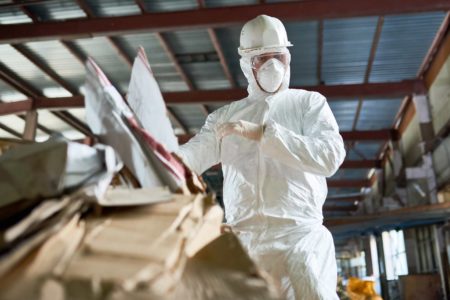Hazardous chemicals mainly enter into the body through the skin and contaminate the bloodstream. Chemicals can also be absorbed into the body through the eyes, mouth, nose even after the slight exposure.
Absorption
Chemicals absorbed through the skin can cause serious localized damages such as dermatitis or redness of the skin. The situation becomes worse if the chemicals enter the blood system and affect other body organs which may lead to organ failure.
Inhalation
Inhalation is the most common way in which hazardous chemicals enter the body, which may happen by accident through contamination. Inhalation mostly applies to hazardous chemicals that take the form of vapors, mist, or gaseous substances that can enter the body through the respiratory system.
Once inhaled into the body, the chemicals pose the risks of damaging respiratory organs such as lungs and the respiratory tract. The hazardous chemicals can be absorbed into the blood system thereby causing more bodily harm.
Ingestion
Hazardous chemicals can also enter the body by ingestion or swallowing through the mouth. In the majority of cases, ingestion occurs accidentally through contaminated food or fluids. Once ingested, hazardous chemicals pass through the digestive system whereby they are disposed through human waste or absorbed into the blood system.
Corrosive chemicals can be harmful to the body and have the capability of destroying the digestive tract and related organs. Hazardous chemicals can also enter the body through injection.
This route occurs through a piercing using a needle or being punctured in the body by a sharp contaminated object. The injected chemical is directly absorbed into the bloodstream thus causing more bodily harm.
Regardless of the route that a hazardous chemical uses to enter into the body, the effects can be disastrous after the chemical contaminates the bloodstream. Hazardous chemicals enter our bodies in various ways. They may enter through inhalation, absorption, or ingestion. While this happens, the chemical absorbed into our bodies may harm a person in various manners.
Therefore hazardous(hazmat logistic) chemicals should be handled with care and best practices to avoid self-contamination.
List of sources:
- https://ehs.unl.edu/documents/tox_exposure_guidelines.pdf
- https://www.levitt-safety.com/blog/chemical-routes-of-entry/
- https://www.ccohs.ca/oshanswers/chemicals/how_chem.html

